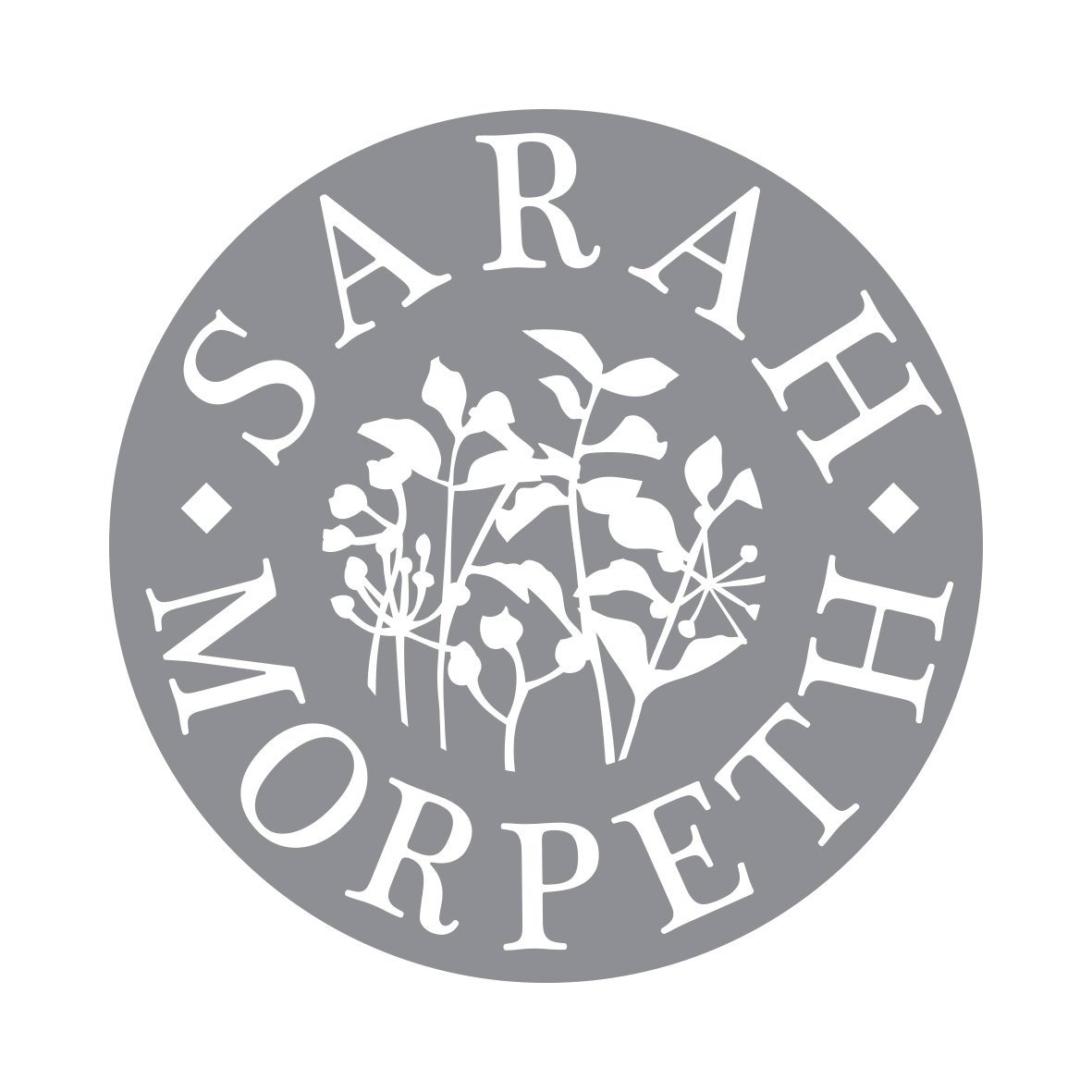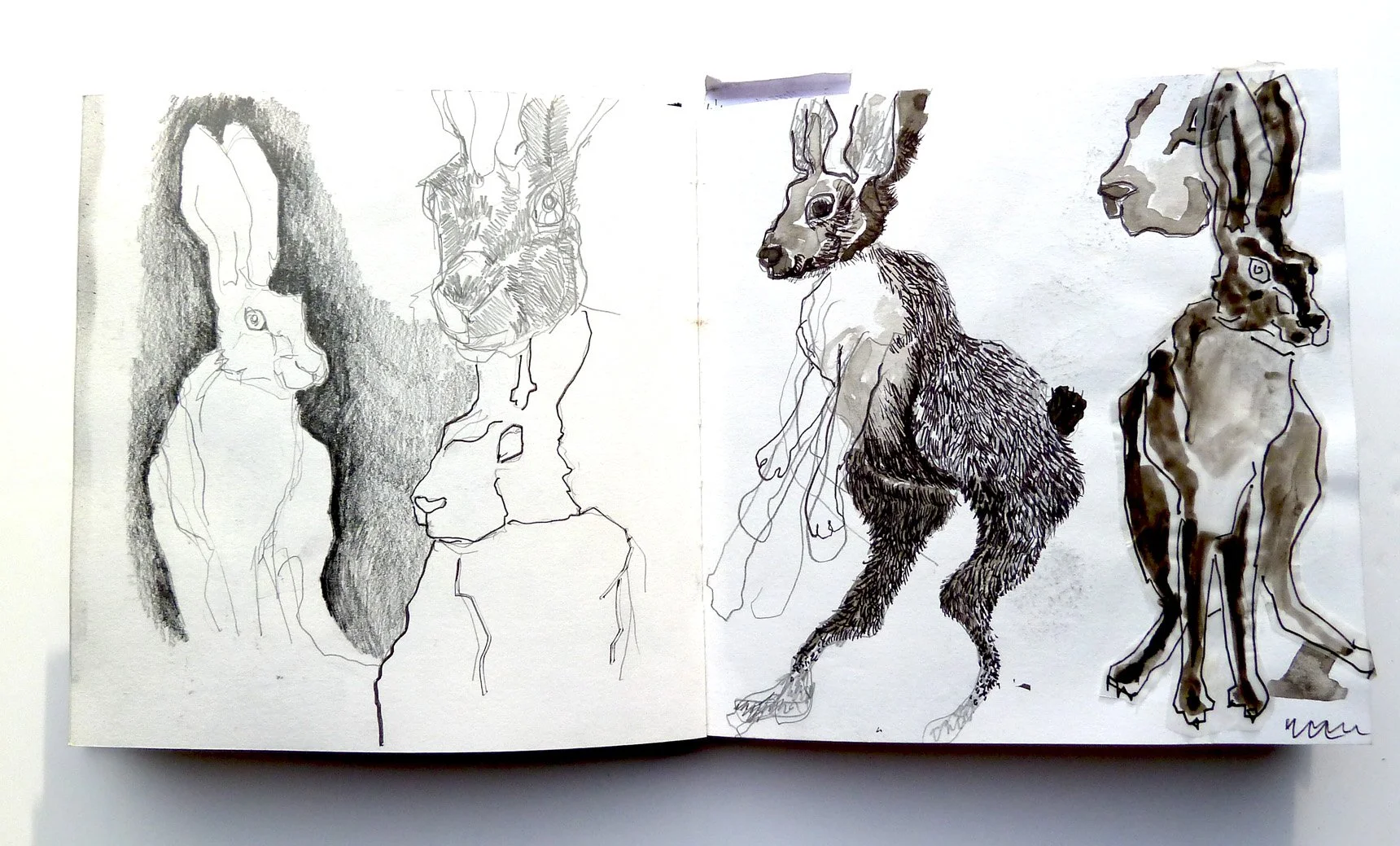All about hares
Reading – well, dipping into, George Ewart Evan’s and David Thomson’s book ‘The Leaping Hare’. They quote an incantation for turning into a hare : “I sall goe intill ane haire, With sorrow and sych and meikle caire, And I sall goe in the Divellis nam, Ay whill I com hom againe.” In my ‘Folk Tales of the North Country’ a story called ‘The Easington Hare’ picks up a common theme where a hare is wounded and pursued by huntsmen who end up finding an old woman with the same injury as the hare..There’s a Middle English poem translated in ‘The Leaping Hare’ which contains 77 different names for the hare – designed as a ritual to be recited by a hunter on first meeting a hare (its suggested). Apparently it was thought unlucky to meet a hare; its a bad omen if one crosses your path especially at the start of a day’s work or a journey.
The man who encounters the hare,
Will never get the better of him,
Except he lay down on ground,
The weapon he bears in his hand
(Be it hunting-staff or bow),
And bless him with his elbow.
And with sincere devotion
Utter this one prayer
In praise of the hare-
Then he will better fare:
‘The hare, the hare-kin
Old Big-bum, Old Bouchart,
The hare-ling, the frisky one,
Old Turpin, the fast traveller,
The way-beater, the white-spotted one,
The lurker in ditches, the filthy beast,
Old Wimount, the coward,
The slink-away, the nibbler….
I particularly like ‘the cat of the wood’ and ‘the looker to the side’. Also a common name for a hare – not in this poem but mentioned elsewhere in the book – is Sarah or Owd Sarah (or Sally).


